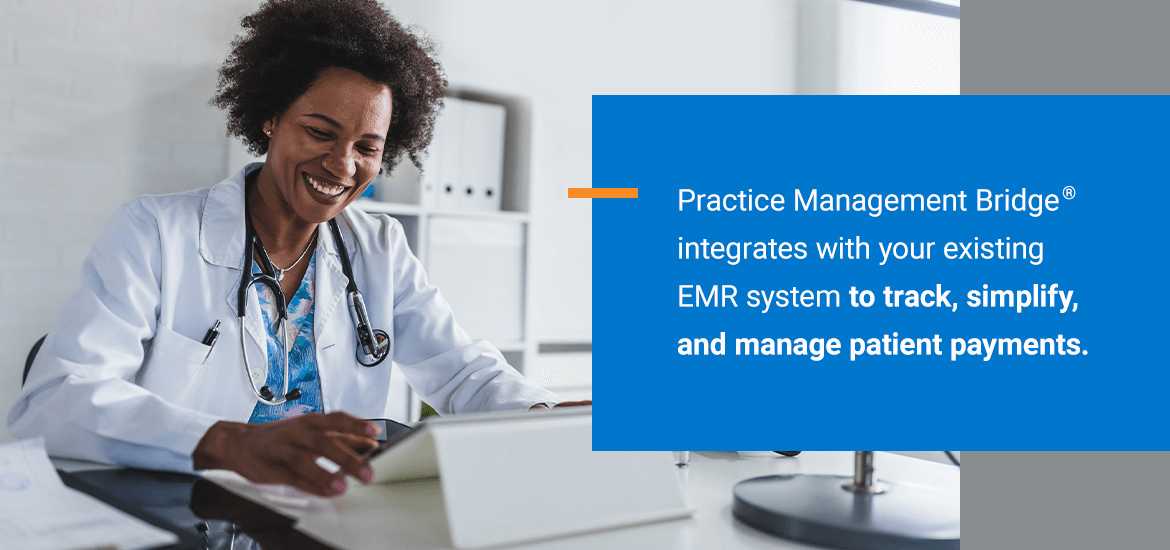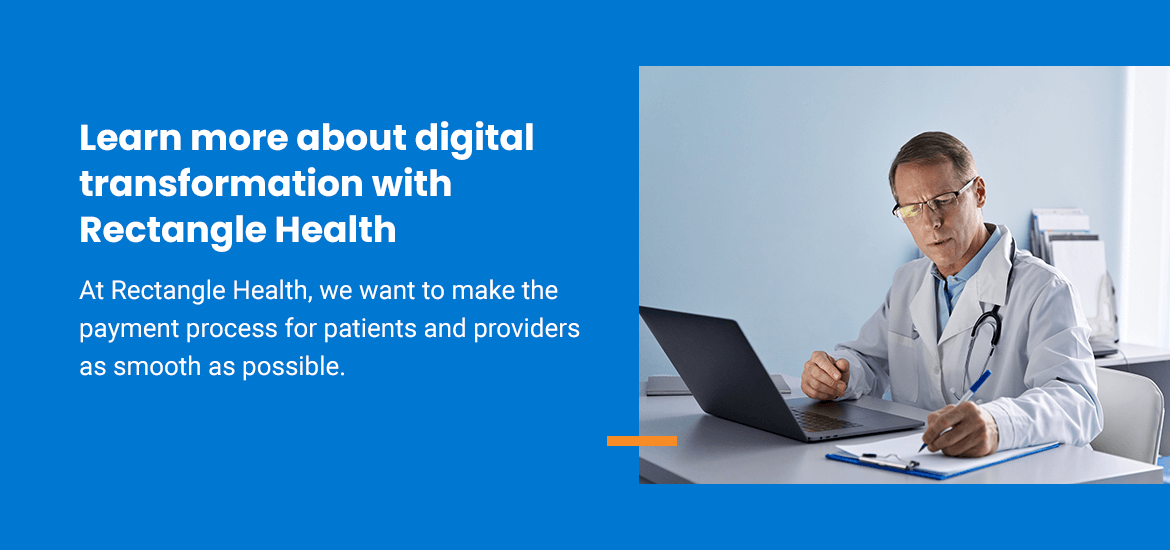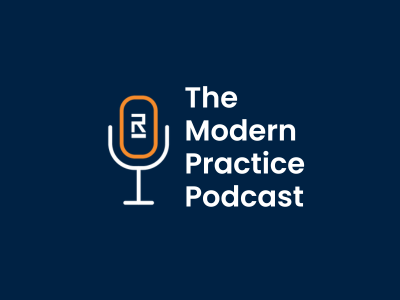Digital scaling in healthcare means having the methods, resources, and training to implement and manage technology that assists with data security, patient experience, and daily operations. Some examples of digital transformations in healthcare include:
- Electronic Health Records (EHR) and EHR platforms
- Digital data storage, exchange, and security
- Patient portals and accounts
- Remote patient monitoring from inside and outside of the facility
- Connected devices like mobile workstations and wearable devices
- Artificial intelligence (AI) in equipment, diagnosis, and treatment
Scalable digital tools can help facilities offer better, more efficient care while simplifying operational methods.
Why Should You Scale Digital Transformations?
When facilities, providers, or organizations scale digital transformations, they can better offer things like:
- Remote care options: Remote care options include patient monitoring and personalized care management. It can give providers better insights into patient behavior for more predictive analytics to control costs and provide better quality care.
- Safer patient and facility data: Hacking and IT-related threats affected over 24 million individuals in the healthcare industry in 2020, according to Statista. Organizations need more comprehensive data and payment processing solutions to combat more intelligent, online security threats.
- A better patient experience: Patients crave better care from healthcare providers, and part of quality care starts before a patient is even seen by a provider. A Deloitte report from 2018 showed 74% of patients had to give the same personal information to multiple healthcare providers during the same treatment or care journey, which wastes provider and patient time while consuming valuable resources. Creating simple, digitally based methods can deliver better care that encourages patients to continue pursuing treatment.
- Streamlined operations: Make the workday easier by streamlining operations to improve the employee experience. Happier employees can be more productive and can designate their time to other operational areas. Faster methods without repetitive tasks can make it easier and quicker for patients to check in or manage payments.
- Reduced operational costs: A 2017 report from the Organisation for Economic Co-operation and Development (OECD) suggests that up to a fifth of all health spending could be used more efficiently and that, despite the high cost of healthcare, many patients still receive low-value treatments. Many facility and treatment costs could be significantly reduced or even eliminated through scaled digital transformation.
What Are the Best Ways to Achieve Digital Transformation?
Achieve digital transformation in your healthcare facility with these tips:
- Start small: Start small by analyzing the best areas of your facility to initiate your transformation — the areas with the highest monthly costs or lowest patient satisfaction score — and scaling changes and methods from there.
- Schedule a professional consultation: Consult an expert in your industry with experience in digital transformation. They may conduct an on-site operational audit and make professional recommendations.
- Go paperless where you can: Reducing paper is an eco-friendly way to reduce facility costs and even save storage space. Move as many methods to the virtual cloud, reducing the chance of losing physical documents to natural disaster, theft, or damage. Paperless tools like the cloud also make operations more accessible from any location.
Which Obstacles Do Organizations Need to Overcome?
Your facility’s unique needs determine what you should look for in digital tools and the obstacles you may have to overcome because of those resources. Primary care physicians and doctors — two of the main users of digital tools in healthcare — look for tools offering data security and privacy, liability coverage, and simpler payment platforms.
Obstacles your facility must consider are:
- Scalability: Scalable tools and methods mean you’re able to grow and expand your operations, data files, and other critical components without the need for more costly equipment or resources.
- Training: Efficient digital transformation starts with strong, organized leadership and is supplemented by ongoing training efforts to stay on top of the latest security risks, digital trends, and process updates.
- Infrastructure: Having the right equipment is crucial for digital transformation, including meeting patients where they are. Make it as simple as possible for patients and clients to make online payments, find a doctor, seek specific care, ask provider questions, and schedule or cancel services. Additional infrastructure includes wired internet connections, modern equipment with up-to-date security features, and a managed server.
- Security: Although digital transformations save you time and expenses, they also put sensitive information at risk for online cyberattacks, ransomware, or other forms of data theft and unauthorized access.

Practice Management Bridge® Makes this Transformation Easier
Rectangle Health’s Practice Management Bridge, a comprehensive, turnkey solution for healthcare offices, integrates with your existing EMR system to track, simplify, and manage patient payments.
Convenient features
Practice Management Bridge is full of convenient features designed to simplify and improve existing operations, including:
- Customized messages: Customized messages let your facility communicate with patients easily, quickly, and without additional effort on the patients’ or your team’s part.
- Text-to-Pay: Text-to-Pay allows patients to make convenient payments from their smartphones, eliminating the need for traditional — and costly — paper payments.
- Card on File: Card-on-file payments eliminate or reduce the need for follow-up calls or conversations to request payment from patients. You can quickly charge the patient as they have authorized and save you both time by saving payment information on a secure, encrypted platform. Card-on-file payments also reduce repetitive data entry.
- Digital registration: Digital registration makes it easier to offer fast, contact-free check-ins and reduces misinformation due to illegible handwriting.
Data Safety
Traditional data storage methods, like paper documents and locked filing cabinets, can lead to risks like:
- Unauthorized access resulting in theft or disclosed protected health information (PHI)
- Misplaced paperwork or files
- Physical damage from natural disaster or accident
Data encryption and tokenization are two ways, usually used together, to keep digitally stored data safe. Data undergoes encryption to make it harder to access by unauthorized users or hackers. At the same time, tokenization assigns a randomly generated identifier to that data to add an extra layer of security.
Faster Processing
The right digital tools can help your team process data and care faster for:
- Saved time: The faster employees and departments can efficiently process paperwork and complete administrative tasks, the more they can spend their time on critical areas of operations, like patient care or additional training.
- Fewer errors: Many scalable digital tools let you grow employee, facility, and patient data with a reduced risk of human errors, like typos, reproduced content, or illegible handwriting.
- Contactless capabilities: Contactless operations allow your facility to quickly work through data backlogs while improving the speed of patient care and administrative tasks.
Learn More About Digital Transformation with Rectangle Health
At Rectangle Health, we want to make the payment process for patients and providers as smooth as possible. Request a demo to learn how our Practice Management Bridge can enhance your healthcare operations and help you scale digitally.

Resources
- Johnson, J. (2021, November 15). Individuals affected by healthcare data breaches U.S. by type 2020. Statista. Retrieved December 2, 2021, from https://www.statista.com/statistics/1275499/number-of-individuals-affected-healthcare-data-breaches/
- A journey towards smart health. Deloitte. (2018, February). Retrieved December 2, 2021, from https://www2.deloitte.com/content/dam/Deloitte/lu/Documents/life-sciences-health-care/lu_journey-smart-health-digitalisation.pdf
- Tackling Wasteful Spending on Health. OECD. (2017, January 10). Retrieved December 2, 2021, from https://www.oecd.org/els/health-systems/Tackling-Wasteful-Spending-on-Health-Highlights-revised.pdf



